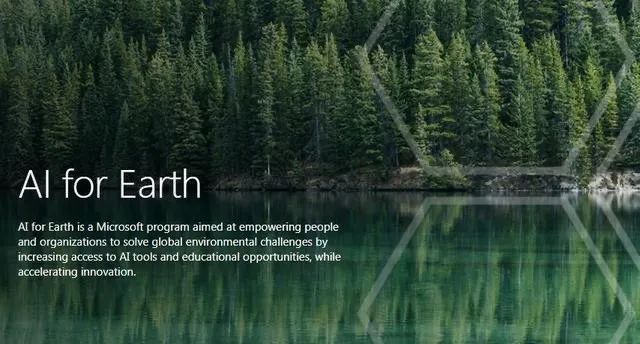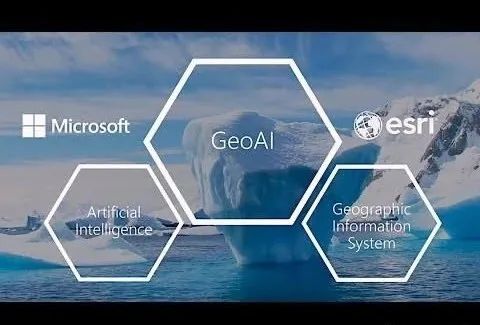Planetary computer is not a real computer.
Editor’s note: This article comes from the WeChat public account “Jiangmen Venture” (ID: thejiangmen) , From: Venture Beat; Compilation: Iris.
Recently, Microsoft released a series of measures aimed at protecting the ecology and promoting global biodiversity. To achieve the goal, Microsoft is developing a “planet computer” to collect global environmental data, combined with deep learning technology for data analysis, and provides satellite partners with data content such as satellite images, environment, and biological information, so that it can do when dealing with environmental affairs To make more effective and reasonable decisions. They will also continue to expand their “AI for Earth” project to allow more users to use AI tools.
The “AI for the Earth” project was launched as early as June 2017 and is committed to protecting the planet ’s ecology. As of today, it has provided more than 50 million US dollars of AI and cloud computing services to users around the world. Its work covers agriculture. , Biological and ecological environmental protection, climate change and water resources management. In the past two years, it has cumulatively supported grantees from 81 countries, and will continue to link with the “planet computer” strategy to popularize environmental protection and AI tools to the public.
Microsoft + Environmental Protection + AI =?
Speaking of the original intention of the project development, Brad Smith, President and Chief Legal Officer of Microsoft, said: “Nature is the foundation of the global economy, culture and human life experience. We rely on the clean air provided by nature , Water, food, medicine, energy and building materials, but these ecosystems themselves are being seriously threatened. How to protect nature for the benefit of present and future generations is one of the biggest challenges facing mankind. The promotion of AI environmental monitoring technology to the world has become our Important work. “

AI for Earth project ’s technical homepage
Lucas Joppa, Microsoft ’s chief environmental officer, will “planet computers”It is described as a platform that draws on the operation methods of search engines to arrange data, and at the same time uses the” geospatial decision engine “programming algorithm to expand the search method for optimizing the health of the earth and querying information about environmental conditions. Focus on the status of the protection of the earth ’s biodiversity and ecosystems, and be able to assess the various factors that lead to the decline of environmental conditions.
Specifically, the planetary computer will widely provide environmental data from multiple sources of land, sea and air, allowing users to search based on geographic location, and use satellite images, machine learning algorithms, user-published information and official data to predict results And analysis, these data can generally be divided into data types such as river water level, groundwater, terrain type, species habitat and carbon storage.
In Smith ’s view, the prospects for the development of planetary computers are quite optimistic: “We need more environmental data to assess, diagnose and improve the ecosystem on which this society depends. Given the high efficiency of AI in data collection and detection , Data processing driven by machine learning is expected to change the rules of the game. “

However, the cost of implementing a planetary computer strategy is extremely high: Microsoft needs to use computers and AI tools to connect billions or even trillions of data points on the environment to create a sufficiently reliable data set. Currently, Microsoft is committed to investing US $ 1 million to support projects that strengthen biodiversity monitoring and provide the measurement data needed for research, reporting, and decision-making management of biodiversity changes. They also plan to further collaborate with Esri, a geographic information software developer from Los Angeles, to propose new AI-driven geospatial solutions and jointly distribute data sets.
More than planetary computers! Microsoft launches 10-year environmental protection plan